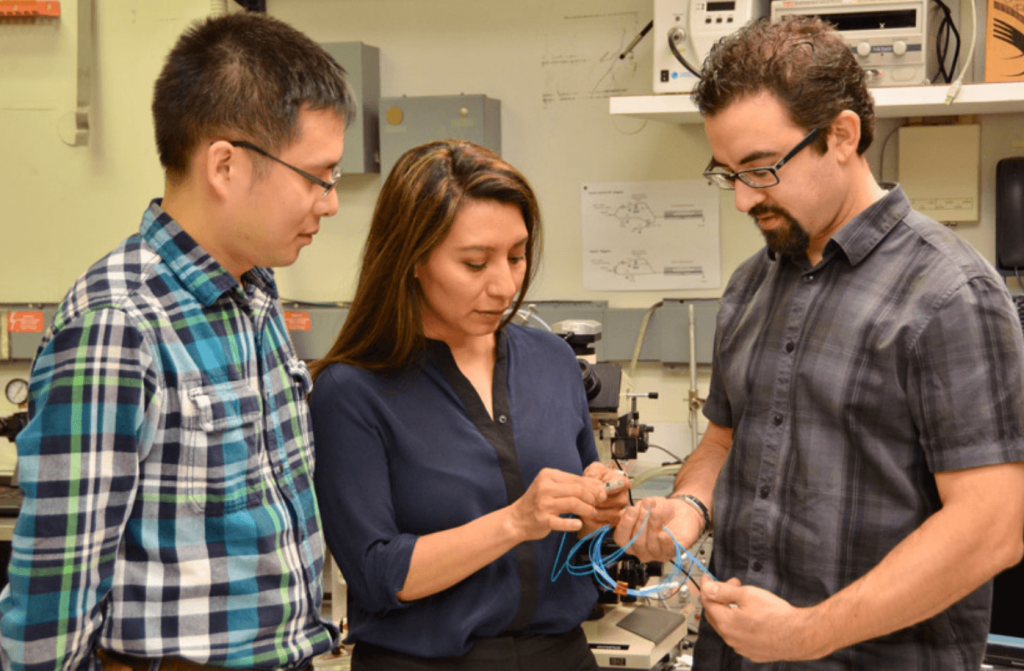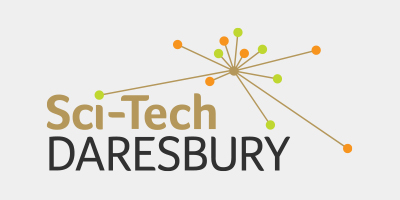October 17, 2017
IBM Research: The 5 Innovations that will change lives over next 5 years
Each year, IBM Research puts together a list of ‘5 in 5 predictions’ – identifying five technologies that will transform the way that we live and work in the next five years.

Each year, IBM Research puts together a list of ‘5 in 5 predictions’ – identifying five technologies that will transform the way that we live and work in the next five years. The report acts as a bellwether and highlights some of the key trends that are set to change the world – and this year’s predictions put particular focus on AI, big data and the miniaturisation of tech.
1. Using communications to diagnose mental health
In the near future, artificial intelligence tools will be able to analyse our writing and speech in order to draw conclusions about our health and wellbeing. This will help to diagnose everything from mental illness to developmental problems in the young and degenerative conditions in the elderly. By doing so, these tools will assist with the identification, treatment and understanding of issues ranging from Alzheimer’s, Huntington’s and Parkinson’s to ADHD, autism and PTSD.
2. Deploying hyperimaging technology to let us see beyond the visible spectrum
New technology, augmented by AI, will provide access to the wider electromagnetic spectrum – giving us ‘superhero vision’, stretching far beyond the narrow range of visible light. These devices will offer us a glimpse of a previously invisible world, as well as warning signs of potential dangers, while being both convenient and inexpensive. One application of this technology might be to help us to see through rain and fog while driving, identifying vehicles and objects ahead and even issues like potholes and ice. Other uses might include visual identification of medicines, to detect if they are fraudulent, and analysis of food, to determine its nutritional qualities.
Group photo of IBM Research team building the world’s first platform for collecting, curating and searching global data by space and time. From left to right: Rong Chang, Hendrik Hamman, Xiaoyan Shao, Marcus Freitag, Ildar Khabibrakhmanov, Siyuan Lu.
3. Truly understanding the physical world around us with big data
We have ever more access to data about the world around us – but one of the greatest challenges that we face is to bring this data together into a coherent, meaningful whole. IBM have a solution to this problem which they call the ‘macroscope’ – using machine learning techniques to compile vast amounts of data and to hence capture the big picture about the wider world. This has the potential to tell us huge amounts about our fundamental resources such as food, water and energy. What’s more, it could be used to guide a new era of precision agriculture. These techniques could even be directed to the skies to predict events like asteroid collisions.
4. Monitoring health at the nanoscale
Nanotechnology health devices will provide all the resources of a medical lab to regularly check our health and to catch warning signs before conditions become symptomatic. This information, obtained by non-invasively monitoring for biomarkers in bodily fluids, could be combined with data collected by wearables and IoT devices to give us a truly comprehensive view of our health.
5. Detecting environmental pollution instantly
Networked smart sensors will help us to spot environmental pollution instantaneously. Whereas these pollutants, such as methane, cannot generally be seen, sensor technology will allow us to detect leaks and emissions rapidly and cost-effectively at sites such extraction wells and industrial facilities and on pipelines. This will provide value across the entirety of the natural gas infrastructure, eliminating wastage and pollution as well as the risk of dangerous accidents.
The Hartree Centre
The Hartree Centre is transforming the competitiveness of UK industry by accelerating the adoption of high performance computing, big data analytics and cognitive technologies.
The Hartree Centre helps UK industry embrace and integrate the latest digital and cognitive technologies, to outperform global competitors, grow the economy and maintain the UK’s position at the forefront of industrial innovation.
Set up in 2013 and underpinned by over £170M of funding from the UK Government, the centre is part of the Science and Technology Facilities Council located at Sci-Tech Daresbury in Cheshire.



